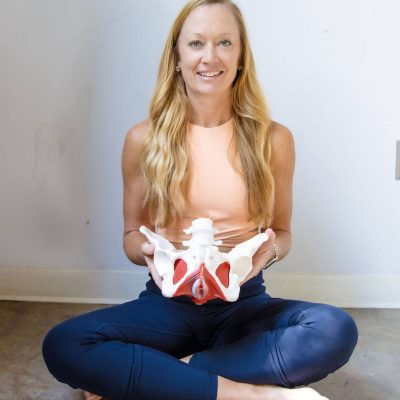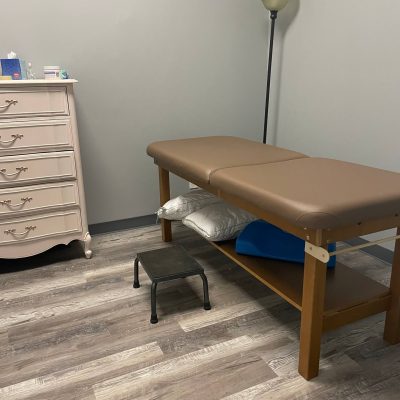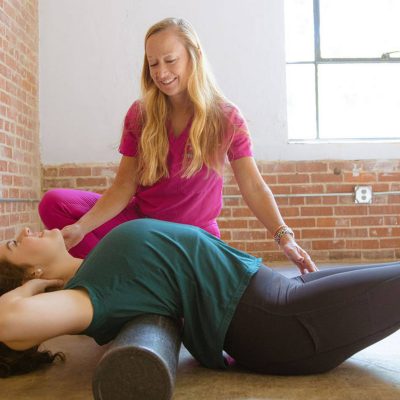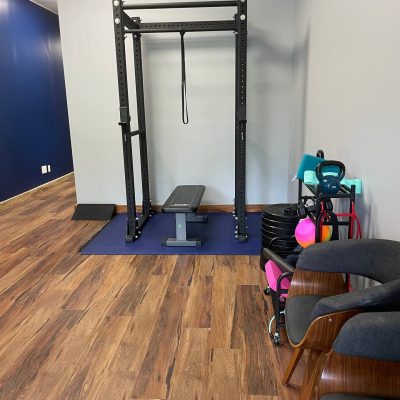Experiencing constipation can be uncomfortable and frustrating, but did you know that exercise can be an effective way to relieve constipation? Physical activity helps to stimulate the muscles of the digestive system, improve bowel movements, and promote overall digestive health. In this blog post, we will explore how exercise can help decrease constipation and improve your overall health.
Exercise helps to stimulate the digestive system
Physical activity can help stimulate the muscles of the digestive system, including the intestines and colon, which can help move stool through the digestive tract more efficiently. When we exercise, our muscles contract and relax, which helps to move stool through the intestines and colon more quickly. This can help prevent stool from becoming hard and dry, which can contribute to constipation.
Exercise promotes regular bowel movements
Regular exercise can help promote regular bowel movements, which can help prevent constipation. By engaging in physical activity on a regular basis, we can help train our digestive system to become more efficient at moving stool through the intestines and colon. This can help prevent constipation and promote regular bowel movements.
Exercise helps to reduce stress
Stress can be a major contributor to constipation. When we are stressed, our bodies release hormones that can slow down digestion and contribute to constipation. Regular exercise can help to reduce stress and promote relaxation, which can help improve digestion and prevent constipation.
Exercise improves overall health
Regular exercise is associated with numerous health benefits, including improved cardiovascular health, better mental health, and a reduced risk of chronic diseases. When we are in good overall health, our digestive system is more likely to function properly, which can help prevent constipation.
There are several exercises that can help with constipation by stimulating the muscles of the digestive system and promoting bowel movements. Here are some examples:
- Abdominal massage: Gently and slowly massage your abdomen in small circular motions, starting from your right lower abdomen and moving upwards, then across underneath your ribcage, and finally down to your left lower abdomen. Repeat for several minutes.
- Pelvic floor exercises: Tighten and relax the muscles in your pelvic floor (the area between your pubic bone and tailbone) for several seconds at a time, then release. Repeat several times.
- Spinal twisting can help stimulate the digestive system and promote bowel movements.
- Yoga poses: Certain yoga poses, such as the seated forward bend, happy baby, and child’s pose help to stretch the muscles that surround the rectum. Hold these poses for at least 30 seconds and perform 3-5 repetitions.
- Brisk walking: Taking a brisk walk or engaging in other moderate physical activity can help stimulate the muscles of the digestive system and promote bowel movements.
Pelvic Floor Therapy is a great option if you are struggling with chronic constipation. We can further assess the pelvic floor muscles, breathwork, nutrition, and posture to help you void on a more regular basis.







